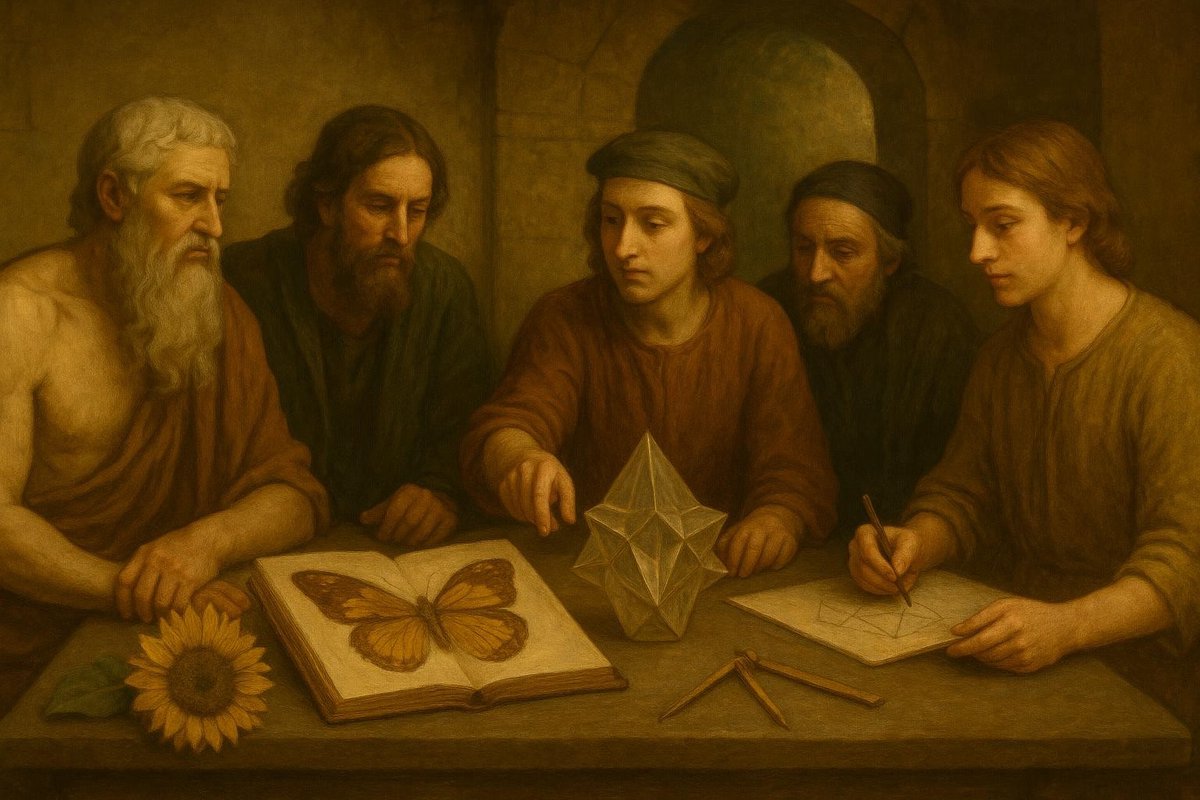
Why Do We See Symmetry Everywhere?
Consider the perfect spirals of a sunflower head or the breathtaking wings of a butterfly. Why do these patterns keep recurring in nature? Many people believe that symmetry is merely an aesthetic choice of nature, but, intriguingly, it is much more than that. As time goes on, scientists, artists, and philosophers have started to see symmetry as a universal thread connecting their disciplines. No wonder this hidden connection has stirred curiosity and debate across fields.
The Curious Case of Symmetry: Hypothesis & Context
Throughout history, thinkers have sought to understand the allure of symmetry. Ancient Greek philosophers admired its beauty, while scientists in the Enlightenment era puzzled over its prevalence. The hypothesis? Symmetry is not just a visual pleasure but a fundamental principle governing the universe.
- Philosophers like Plato saw symmetry as a reflection of cosmic order.
- Enlightenment thinkers began to analyze symmetry as a natural law.
- Modern scientists see it as a bridge between disparate phenomena.
This notion emerged alongside cultural shifts in perception. The Renaissance’s embrace of art and science as intertwined pursuits laid the groundwork for interdisciplinary investigations into symmetry. It revealed that, beyond aesthetics, symmetry might be a hidden language of nature.
Designing the Experiment: Setup & Method
How do we study something as abstract as symmetry? Researchers developed imaginative methods to explore its role in nature and beyond.
- Biologists compared symmetrical and asymmetrical structures in organisms.
- Physicists studied the symmetrical patterns of crystal lattices.
- Artists experimented with symmetry to evoke balance and harmony.
Each discipline’s approach illuminated different facets of symmetry, creating a mosaic of insights. The diversity of these experiments reflects the complexity of symmetry itself—a concept that defies simple categorization and invites creative problem-solving.
The Astonishing Findings: Results & Reactions
The results were as enlightening as they were unexpected. Symmetry was found to play critical roles in evolution, aesthetics, and even physics.
- In biology, symmetry was linked to successful mating and survival strategies.
- In art, it was shown to elicit emotional responses and convey balance.
- In physics, symmetry principles helped simplify complex equations.
These discoveries sparked lively discussions across disciplines, unearthing new questions about the universe’s workings. As physicist Richard Feynman famously mused, “The world is a dynamic mess of jiggling things, if you look at it right.” Symmetry became a keystone in understanding this dynamic chaos.
Why Symmetry Matters: Implications
What does this all mean for us today? The implications of symmetry’s interdisciplinary connections are profound.
- Symmetric patterns inspire sustainable design and architecture.
- Artists and scientists collaborate on projects that explore nature’s underlying order.
- Philosophers ponder symmetry’s metaphysical significance.
These insights remind us that looking for connections where none seem to exist can lead to groundbreaking revelations. Symmetry, a concept once dismissed as mere decoration, now serves as a bridge between the tangible and intangible, the known and unknown.
The study of symmetry invites us to consider how interconnected our world truly is. It calls us to appreciate the beauty and complexity of the universe in ways we never thought possible.
Fuel Someone Else’s Curiosity
Feeling inspired by the hidden connections of symmetry? Share this article with friends and spark a conversation about how different disciplines can unite to reveal the universe’s secrets. Together, we can unravel more mysteries and foster an appreciation of the intertwined beauty of science, art, and philosophy.

Leave a Reply